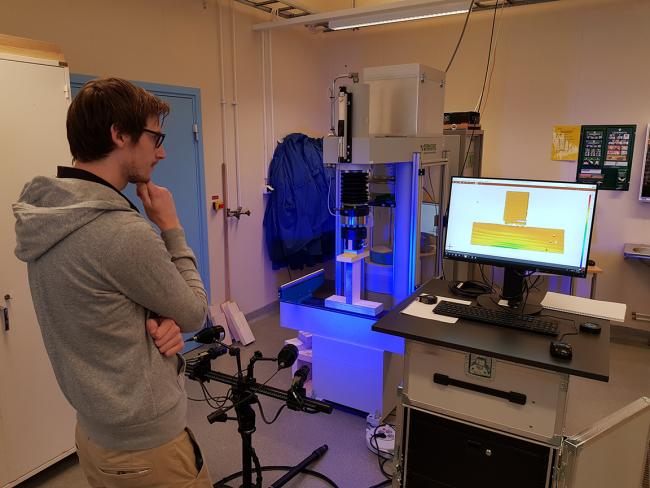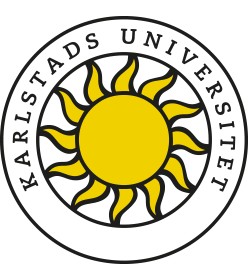Sustainable structural engineering
At the moment Sweden has a considerable housing shortage. A recent forecast from National Board of Housing states that 700,000 flats need to be built by 2025. At the same time there is a growing concern about how the building sector affect the climate and conventional building materials are challenged by new materials being more environmentally friendly. There are several ways of constructing sustainable buildings by use of various materials and the building sector is currently transforming from more conventional principles to processes where circularity and sustainability is given highest priority.

Properly utilized wood is a useful, affordable and renewable material with a high industrial potential in the field of building construction. There is great interest in Sweden to explore new ways of using wood as the main load-bearing material in different types of multi-story timber houses. The building of apartment houses with fully prefabricated volume modules in wood is an industry sector that is currently rapidly increasing its capacity. A number of house manufacturers that have produced and delivered volume modules, primarily for single family homes, will now expand their production segment to include multifamily houses up to 6-8 floors in urban areas. This is a huge challenge for the producers, researchers and engineers because available design procedures has not yet been implemented for these types of buildings. The major advantages of this building technology are the short production time, high prefabrication level under well controlled conditions and the fast on-site assembly of the modules.
Another principle for building timber structures is to use Cross Laminated Timber panels (CLT-panels) for load bearing purposes. This technique of building is relatively young but promising and currently there are at least three new pulps that are recently established or are about to be established in Sweden. Their capacity will enable the national production of CLT to multiply, and consequently there will be several more buildings built by use of such technique in the future. Since the methodology is still young there are also numerous field to be addressed by applied research within the field of building technology to contribute to innovative solutions. Such research fields span from gluing techniques of the boards in the panels to aspects at demolition of the buildings.
The aim for the research within “Sustainable structural engineering” is to contribute to the transformation of the current building sector to a more climate and energy efficient one. This is done by addressing complex technical challenges by means of numerical modelling, experimental evaluation, field monitoring of relevant buildings and by other means. In order to achieve efficient buildings life cycle perspectives and analyses are crucial, including environmental aspects at production, during lifetime and at the end of life for the building. Such research is thus also within the framework of the research.
Examples of research projects (ongoing and planned)
- BioSirk, A Swedish – Nowegian collaborative research project with the purpose of integrating academia and industry within 1) timber for construction, production and services 2) packaging and 3) lifecycle optimized processes.
- Design of innovative modular-based multi-story timber buildings based on advanced modeling and full-scale tests, Experimental tests and advanced numerical modelling in a joint project with Linnaeus University and RISE.
- Cross Laminated Timber, CLT is a gamechanger within the building sector and there are several innovations needed to develop the sector further. Such projects are included in this package.
- Monitoring of structural performance. Today monitoring performances over long time is compulsory in most industry sectors. The building sector is slowly adopting and in the future, we will monitor several aspects of a building more at regular basis. This topic will be developed together with the interested industry.
- Modelling of structural performance in innovative building constructions. The research aims at holistic approaches of numerical modelling of complete structures by use of adaptivity and submodelling.

